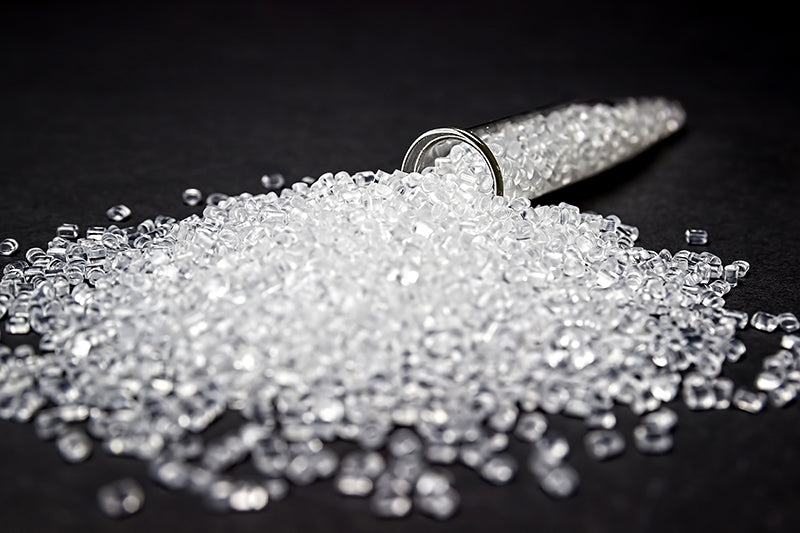Lab-Grown Diamonds – or otherwise known also as man-made, engineered, synthetic or cultured diamonds – are exactly what their name suggests; they’re diamonds “grown” inside a lab using cutting-edge technology that replicates their natural growing process.
Although they were first developed for industrial use during the 1950s, it took four decades for gem-quality stones to be produced. However, only ten years after the process evolved to its modern form, the market is exploding with factories from California to China manufacturing the diamond specimens.
So why should you opt for this alternative gem? Are they real diamonds? Are they forever? Here’s what you need to know.
Does it quack like a duck?
You know what they say; if it looks like a duck, swims like a duck, and quacks like a duck, then it probably is a duck. Same goes for lab-grown diamonds.
These diamonds are in no way “fake”, or some cheap synthetic substitutes; they are optically, chemically, and physically identical to their earth-mined counterparts down to their very atoms, which are arranged in the characteristic diamond crystal structure. They are atomically identical.
The only significant difference between manufactured diamonds and those grown beneath the earth’s surface, is that one is born in a lab over a short amount of time, whilst the other is formed deep within the Earth between 1 billion to 3 billion years ago and then eventually “spat out” by way of deep volcanic explosions.
To say it simply, they’re diamonds. Neither the color nor clarity of laboratory diamonds will change over time and their durability is the same as those that come from the mines.
So how do we replicate this fascinating process originally reserved to mother earth alone?
Man-made diamonds are created from the tiny carbon seeds of pre-existing diamonds. There are two main methods for growing a diamond, and both are made to mimic the natural method of diamond formation:
- High Temperature (HPHT): Typically used for the growing smaller stones.
- Chemical Vapour Deposition (CVD): Used for creating larger and higher-quality diamonds.
Both processes work through creating an environment of extremely high pressure and temperature conducive to diamond growth.
If they’re exactly the same, then why shouldn’t you pick the original timeless gems in its true natural form?
There are several reasons that you may want to consider opting for the lab-grown alternative.
- Cost & Quality
You guessed it. Lab-grown diamonds are naturally less costly than their mined counterparts, however, this does not – in any way – qualify them as “cheap”. In fact, they are typical of higher grade and, ultimately, quality than the mined once. Since they can be grown in various shapes and sizes, not only do they eliminate the rarity factor for particularly sizable stone, specific shapes, and colors, but they also go through fewer hands by skipping the mining process which makes them more cost-efficient.
- Ethically Superior
No mining process means no potential for conflict and no carbon footprint.
In spite of the Kimberley Process (established in 2003) putting almost an end to unethical mining practice, and 99.9% of natural diamonds now being guaranteed conflict-free, some people prefer to have their minds at ease.
Moreover, lab-created diamonds are inherently and significantly less detrimental to the environment as it takes considerably less energy to grow a diamond in a lab than it does to dig it out of the ground.
Should you chose to opt for this stunning gem, you’ll be glad to know that we have a wide variety of lab-grown diamonds that will allow you to customize and create the jewelry of your dreams. Be it an engagement ring, a wedding band, or any other kind of fine jewelry, our wide collection of lab-grown diamonds can make it one of a kind.


